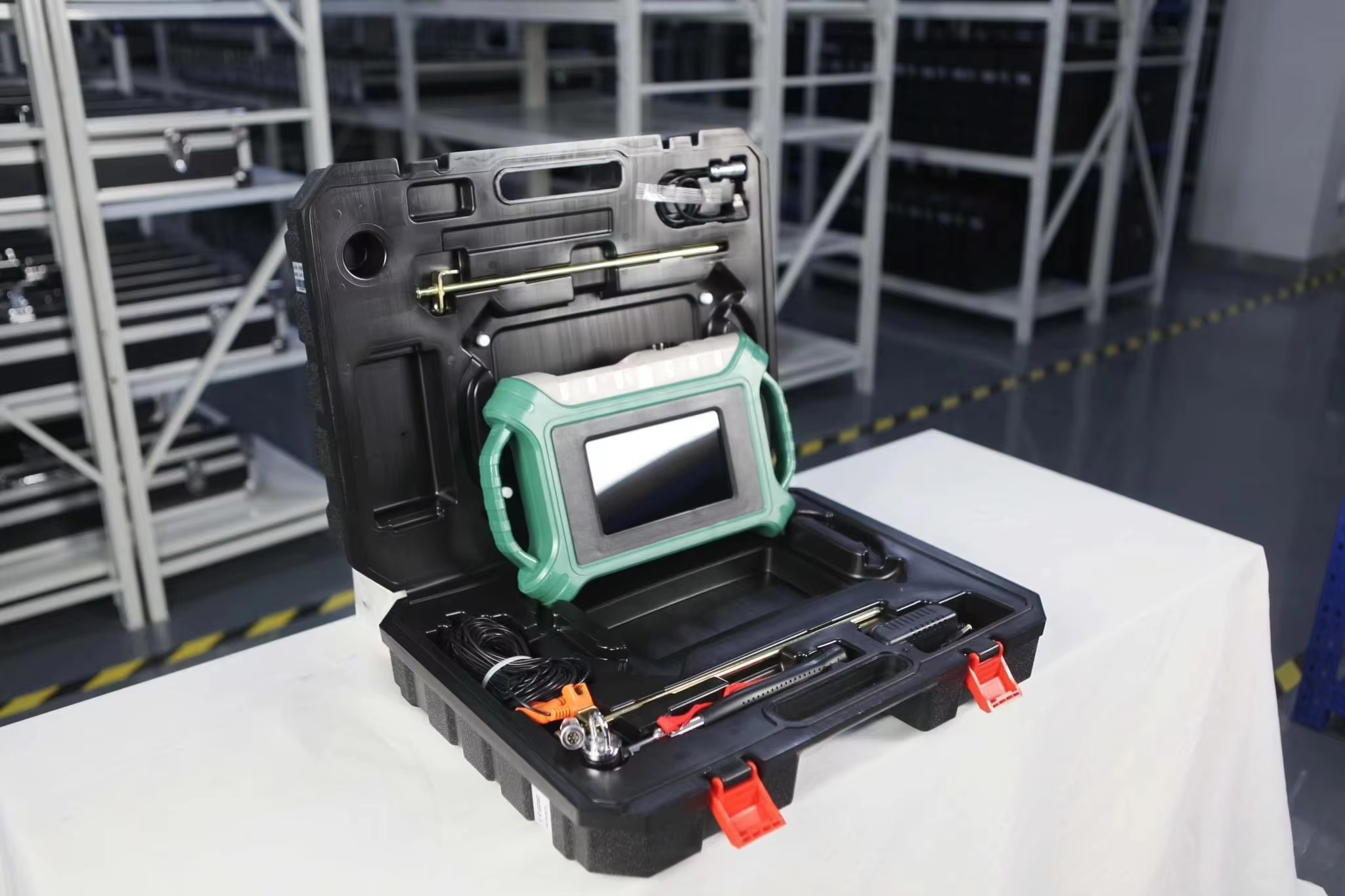When it comes to locating underground water, whether for agricultural needs or construction projects, precision is key. Underground water detectors are sophisticated tools designed to pinpoint water sources beneath the earth’s surface. But what makes these devices so accurate? Understanding the science behind them can shed light on how they work and why they’re so effective. Let’s dive into the principles that drive these technologies and explore what ensures their accuracy.
Understanding Underground Water Detectors
Underground water detectors are specialized instruments used to identify the presence of water hidden beneath the ground. They’re essential for various applications, from farmers seeking to optimize irrigation to engineers avoiding water tables during construction. By utilizing advanced technologies, these devices help locate water sources efficiently, minimizing the need for extensive drilling or excavation.
Types of Underground Water Detectors
There are several types of underground water detectors, each utilizing different technologies to achieve accurate results:
Electro-Magnetic (EM) Detectors: These devices use electromagnetic fields to detect variations in subsurface conductivity, which can indicate the presence of water. EM detectors are popular due to their versatility and effectiveness in various soil conditions.
Ground-Penetrating Radar (GPR): GPR systems send radar pulses into the ground and measure the reflected signals to detect water. This method is known for its detailed imaging capabilities, allowing users to visualize subsurface features.
Resistivity Meters: These meters measure the electrical resistance of the ground. Since water affects soil resistivity, these meters can determine the presence of water based on changes in resistance.
Principles of Water Detection
Electro-Magnetic (EM) Detection
Electro-magnetic detection is based on the principle that water affects the conductivity of the ground. An EM detector generates an electromagnetic field and measures how it changes as it interacts with the subsurface materials. Water conducts electricity better than dry soil, causing variations in the electromagnetic field that indicate the presence of water.
Ground-Penetrating Radar (GPR)
GPR technology works by emitting high-frequency radar pulses into the ground. When these pulses encounter different materials, such as water-saturated soil, they reflect back to the surface. The GPR system analyzes these reflections to create a detailed image of the subsurface, revealing water sources and other features.
Resistivity Meter
Resistivity meters operate on the principle that water affects soil’s electrical resistance. By sending a current through the ground and measuring the voltage drop, these meters can determine the soil’s resistivity. Wet soil has lower resistivity compared to dry soil, allowing the device to detect the presence of water based on these variations.
Accuracy Factors in Water Detection
Soil Composition and Moisture Levels
The accuracy of water detectors is significantly influenced by soil composition and moisture levels. Different soil types, such as clay or sandy soil, have varying conductive properties, which can affect the readings. Additionally, the presence of moisture in the soil can impact the effectiveness of detection methods, making it crucial to consider these factors when interpreting results.
Device Calibration and Sensitivity
Proper calibration is essential for accurate readings. Most detectors come with calibration settings to adjust for different soil conditions and environmental factors. Sensitivity settings also play a critical role; too high a sensitivity might lead to false positives, while too low might miss actual water sources. Regular maintenance and proper calibration ensure that the device provides reliable results.
Environmental Interference
Environmental factors such as nearby electrical sources, metal objects, or even large vegetation can interfere with detection accuracy. To minimize these issues, it’s important to conduct surveys in controlled conditions or adjust the device settings to account for potential interferences.
Are There Rules Regarding Where You Can Use an Underground Water Detector?
You need to ensure you’ve got permission to use an underground water detector in a certain area. Let’s take a look at what rules you need to know about before going on your first adventure.
Permission for Private Property
Do you want to explore an area that you know is private property? You must understand that this is someone’s land. You can’t enter without permission, as this is going to be trespassing. Not only will you be breaking the rules, but depending on where you are, this could be dangerous. Therefore, you should always seek permission to explore on private property. You must respect their answer if they say no.
Parks Have Rules
Many people think that because they can hike around national and state parks, they’re also free to explore using an underground water detector. However, this is often not the case. There are still rules in these locations when it comes to what you can do. Indeed, most state that detectors are prohibited and you can’t damage the land by digging. Therefore, it’s important not to bring your equipment to these locations. With local parks, it might be possible to use this equipment. However, you must always seek permission first. Never assume you’re allowed to use an underground water detector.
Leave No Trace
While it’s not always a strict rule, this is one that you should try to follow no matter where you are. You should leave no trace when you’ve been using an underground water detector. This means taking away all of the trash and ensuring you leave the location how you found it. For example, if you’ve been digging, you should fill in the hole again before you leave.
Conclusion
Understanding the science behind underground water detectors reveals the intricate technology and principles that make them accurate and effective. From electromagnetic fields to radar pulses and electrical resistivity, these devices use sophisticated methods to provide precise information about subsurface water sources. By staying informed about the technology and maintaining your equipment, you can make the most of these powerful tools for your water detection needs.
Keep an eye for more latest news & updates on Latest Dash!

